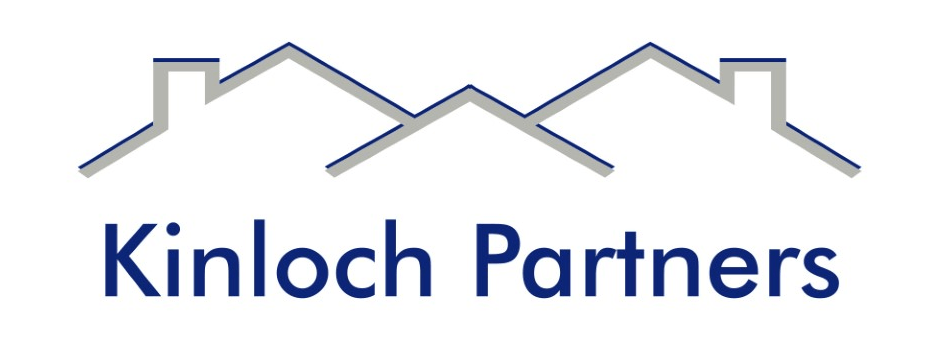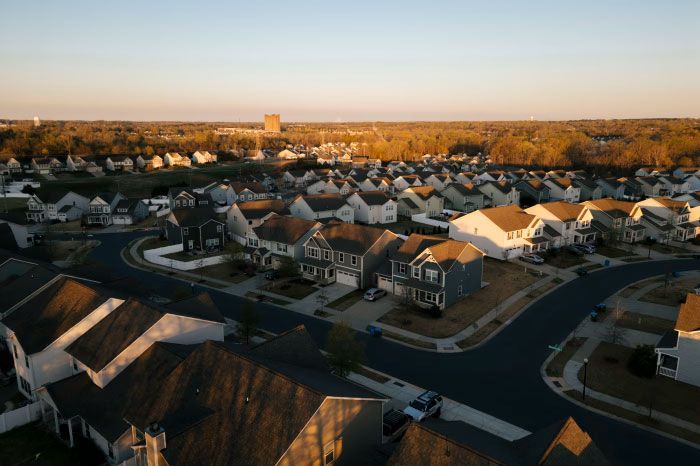
When soldiers returned home after WWII, they took advantage of the G.I. Bill. They purchased small houses in the suburbs with low-interest rates and little or no down payment. They found jobs and often worked for the same company for 40 years, retiring with a pension and a gold watch.
Today, that version of the American Dream is quickly becoming a relic.
Homeownership is on the decline. According to the U.S. Census Bureau, homeownership reached 69.2 percent of households in 2004 but fell to 63.7 percent in the fourth quarter of 2016.
Homeownership Drops Are Leading to Investing Opportunities
There are many causes for the drop in homeownership:
- The cost of materials and land to build single-family houses are rising.
- At the same time, real median income has dropped by nearly $2,000 from 1999 to 2015. What used to cost a family 25 percent to 30 percent of their income today costs 40 percent to 50 percent of their income.
- People are waiting longer to get married and put down roots. In 2016, the average male was 29 and the average female 27 when they got married. In 1950, this was 22 and 20.
- People change jobs much more frequently. Millenials are projected to change jobs on average four times by age 32.
While homeownership has changed because of these demographics, it is creating opportunities in the single-family home rental industry. Homes that were owned in the past often will be rental properties moving forward. This presents an excellent opportunity for both publicly held and privately held companies that specialize in the SFR business.
[su_quote cite=” ~Bruce McNeilage”]There has never been a better time to be in the rental business.[/su_quote]
Interest rates are low, home values are relatively flat and the need for housing far outweighs supply.
Develop Relationships With Lenders That Understand The Business
One of the most important steps to winning in the single-family home rental business is developing a relationship with a lender that understands this business and can provide capital. Many community banks and large money center banks are still spooked by the real estate crash in 2008-09. They don’t understand the current rental market and are hesitant to loan money investors need to acquire SFR assets.
The good news is Colony American Finance thrives in this business and has loaned hundreds of millions of dollars to small and large operators to acquire single-family rental homes. Colony American Finance offers short-term loans also known as fix and flip loans that are available to small and large buyers to allow them to renovate and flip single-family houses. Colony American Finance also provides long-term funding for the purchases of these assets at a very competitive rate for investors who are going to hold their assets over the long term.
Whether you are big or small, the SFR industry is poised to be a very profitable industry for many years. The most important ingredient is to provide the capital to invest in this space. Colony American finance is an excellent partner for anyone who wants to get into the single-family rental home business.

Bruce McNeilage, Co-Founder and Managing Member of Kinloch Partners, has been in the investment business for more than 28 years. The company he founded provides a path to home ownership through new construction, home renovation and investment in financially distressed real estate properties. Bruce is a national speaker and guest lecturer on the single-family rental industry. Prior to launching his businesses, he had a successful career with NYSE firms and was appointed to the Board of Directors of a Florida college plan by Governor Jeb Bush.











